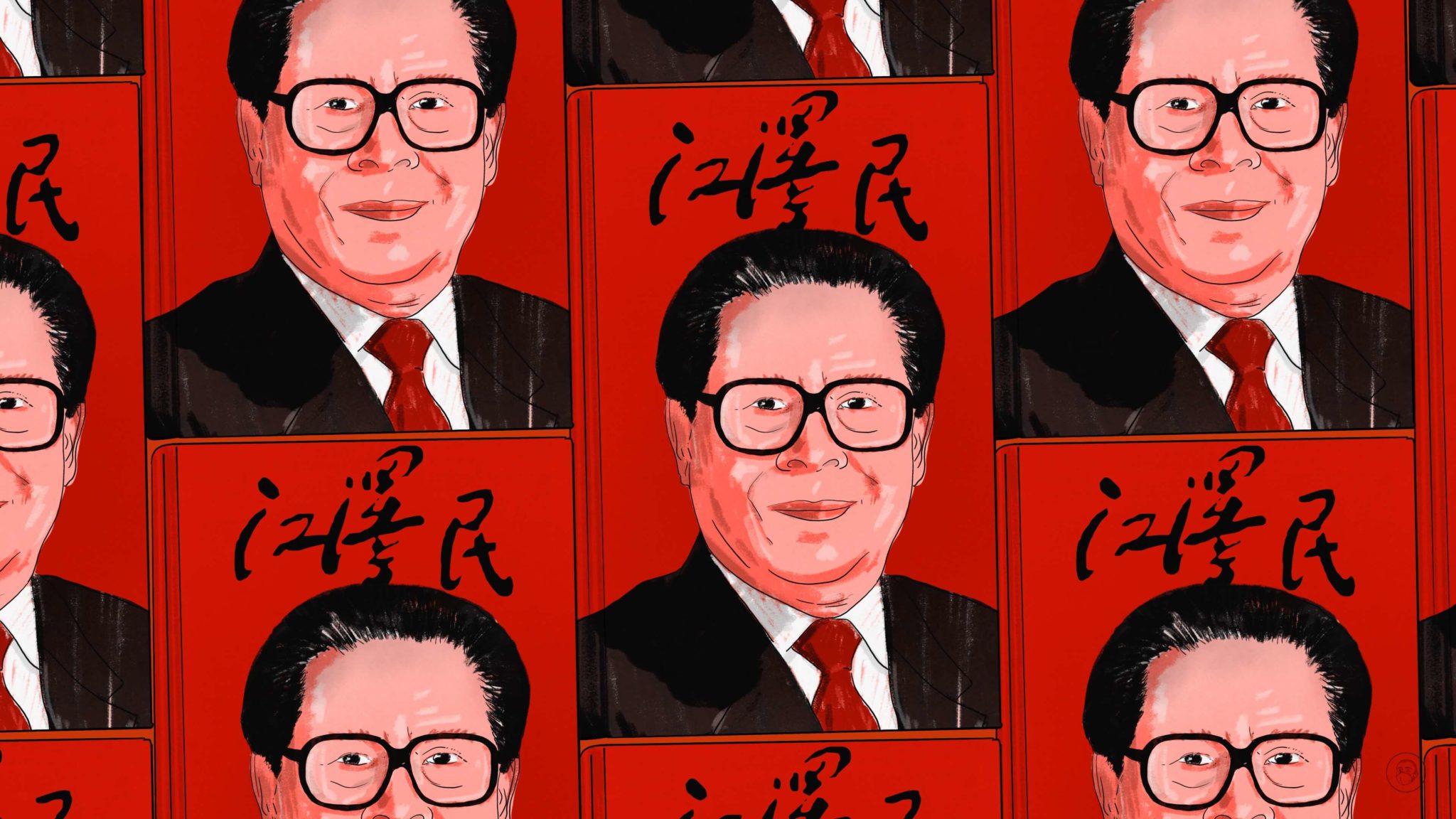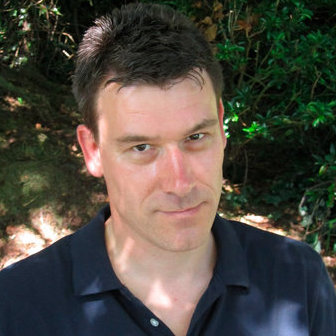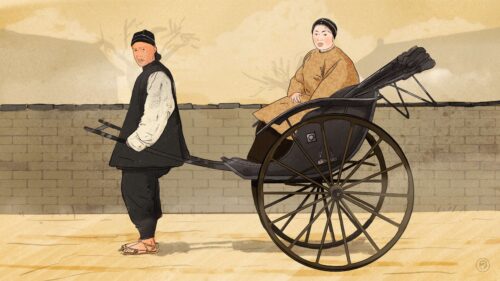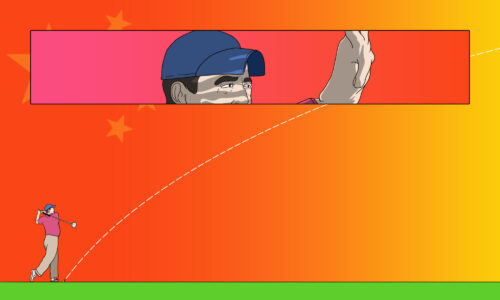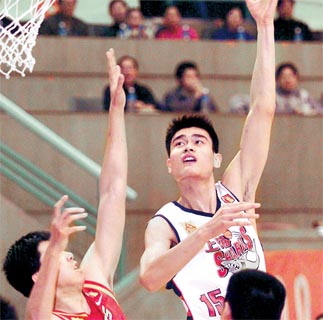This is book No. 3 in Paul French’s Ultimate China Bookshelf.

Blurbs:
“Building on his pieces for Hong Kong’s South China Morning Post, Lam offers a detailed account of politics at the pinnacle of power in post-Deng China. He depicts Jiang as a master political fixer and manipulator, something of a showman, but also a leader deficient in ‘the vision thing.’”
—Foreign Affairs
“In The Era of Jiang Zemin Lam tallies Jiang’s strengths and weaknesses to divine the path China is likely to take. It proves impossible to reach a conclusion. But that isn’t for want of information: Lam is one of the most plugged-in observers of Chinese politics in the world.”
—Asia Week
“Lam is a master Pekinologist.”
—The China Journal
About the author:
Once described as “the China Watcher’s China Watcher,” Hong Kong journalist Willy Wo-Lap Lam (born 1952) graduated from Hong Kong University, gained an M.A. at the University of Minnesota, and then a Ph.D. from the University of Wuhan (in 2002). He was the South China Morning Post’s Beijing correspondent until the Tiananmen Massacre in 1989, and then the paper’s China editor during the 1997 handover. During the time he was researching and writing The Era of Jiang Zemin, Lam wrote a regular column for the South China Morning Post in Hong Kong. He quit that paper in December 2000, claiming editorial censorship and that he was being “muzzled.”
In 1989, he published The Era of Zhao Ziyang: Power Struggle in China, 1986–88. He went on to publish books on The Hu Jintao Era (2006) as well as a study of Xí Jìnpíng 习近平 — Renaissance, Reform, or Retrogression? (2015) and, in 2019, The Fight for China’s Future: Civil Society vs. the Chinese Communist Party.
Lam is currently a Jamestown Foundation fellow and an adjunct professor at the Center for China Studies at the Chinese University of Hong Kong. In 2019 he told the New York Times that he considered society under Xi as “the closing of the Chinese mind.”
The book in 150 words:
It’s fair to say that Lam’s histories of China’s communist era focus on factional Party battles as the central feature of post-1949 Chinese political life. The struggles of the Jiāng Zémín 江泽民 administration were hard-fought and legion, coming to essentially define the era. CCP history therefore is a sequence of internal struggle. Lam argues that in general, politicking supersedes policymaking. Crucially, he examines the rise of nationalism post-Tiananmen and the threat of “federalization,” with regions in competition for resources, jobs, and political influence. Ultimately, to Lam, the key feature of Jiang’s era is his desire to win. Jiang’s “adrenaline flowed faster when he knew he was in the limelight.” For those interested in the caucuses of CCP history, and the general sense that the decision to elevate Jiang was unanimous, Lam’s analysis of the competition for the top job between Jiang and Qiáo Shí 乔石 (later to be Chairman of the NPC) is enlightening.
Your free takeaways
Even though he (Jiang) had a remarkably lackluster career as minister for electronics in the early ’80s, Jiang was credited with laying the foundations for China’s high-tech development. It is all a myth, but it allows Mao-imitating Jiang to keep his mask firmly in place.
The President (Jiang) is consumed by contradictions. His time at the top since 1989 resembles a prolonged period of hesitation and gestation…a muddle-through artist, a kind of Chinese Brezhnev.
The truth was that Jiang spent so much time consolidating his power base that he had little time to attend to real policy. His biggest “achievement” was keeping the CCP – and his own clique – in power.
Jiang has successfully consolidated his power so that he has no rivals. But then he hasn’t used that power to accomplish anything significant.
Why this book should be on your China bookshelf:
The ultimate China bookshelf is nothing if not flexible — we don’t shelve alphabetically, chronologically, or by spine color (absolutely not spine color!). We want to ensure that when events occur, a book can be reached for quickly. Such a one is Willy Wo-Lap Lam’s The Era of Jiang Zemin.
Back in the late 1990s a number of books examining Jiang’s background, rise to power, and administration appeared. Some American titles certainly got a lot more publicity — Bruce Gilley’s more straightforward biography, Tiger on the Brink (1998), for instance. Gilley’s book is good and certainly well worth reading, but it is Lam’s more thematic approach that makes it a selection for our Ultimate China Bookshelf.
The Era of Jiang Zemin is incredibly dense with detail, built up from a wide range of interviews with hundreds of Chinese executives, officials, academics, diplomats, and businesspeople across the country. In that sense, the book itself was a product of a more open political system under Jiang, when those close to power felt a greater freedom to pass comment. Cadres, local and national, did talk to people like Lam, and even to foreign correspondents occasionally! Politicians, including the dominant “Shanghai Gang” around Jiang, actually gave interviews, gossiped over lunch, and replied to correspondence. Academics and businesspeople felt free (ish) to talk. It was a relatively new phenomenon at the time and one that has since receded dramatically. It certainly meant that later books on Hú Jǐntāo’s 胡锦涛 administration and Xi Jinping’s ongoing reign have been necessarily more problematic to collate. That Lam found so many willing and able to talk about the factional internal-Party struggle between the more pro-reform Qiao Shi and Jiang would now be totally impossible.
After a tumultuous decade — though now often seen by many younger Chinese through rather rose-tinted glasses, the upheavals of the Jiang Zemin era were immense for both urban and rural dwellers — it was necessary to examine the ongoing reform of the economy and especially the overhaul of the state-owned enterprise (SOE) sector. Shanghai and other coastal cities had boomed, were massive building sites. Analysts like to impress visitors with the oft-told joke that the national bird of China was the crane; look down to sip your beer and when you look up the view will include another couple of high rises. But the rust belt cities of the north were in severe decline. And, again contrary to the often rather unified-consensus image of the era now commonly argued, Lam looked specifically at the real prospects for political liberalization. He decided the outlook was not great, though there was a flowering of the internet before the firewall intervened. He considered the political fortunes of different Party factions, believing them to be still intense, especially around issues like forced SOE closures and the moves toward WTO accession. He identified the key issue of the continued need/desire to get the People’s Liberation Army out of business and what that meant for reorganizing an overstuffed top-heavy military (rumors of their firm opposition to their privileges being removed abounded at the time). Many were surprised that the “new class” of private entrepreneurs and professionals were being actively courted and co-opted by the Party (also highly contentious in some quarters). Other debates included Hong Kong’s influence on the mainland after 1997 and the new wave of 21st-century ideological currents, including specifically (and, as we now know, crucially) nationalism.
Reviewing the book for Foreign Affairs in 1999, the late American Sinologist Lucien W. Pye reminds us of another now oft-forgotten element of the Jiang Zemin era, namely that Jiang “has not commanded great respect in the West — succeeding two larger-than-life leaders, Mao Zedong and Deng Xiaoping — no easy assignment.” Pye took an ominous message from Lam, that the Party, “with its old ideology discredited, is losing its coherence and discipline while economic problems are becoming ever more ominous.”
Lam saw several factors as key to avoiding the Party’s complete destruction in the immediate post-Tiananmen period. Since 1989, Jiang had totally shattered the Beijing Gang’s hold on central power. This was far from what Deng and his cohort had intended when they elevated Jiang to the top job even before the smoke and rubble of Tiananmen had fully cleared. And Jiang smartly maneuvered Prime Minister Zhū Róngjī 朱镕基, leaving him to take on tricky political tasks (especially WTO accession) and subsequently taking the oppositional flack. Again, Lam was shown right on this when, despite the vehement opposition of the nationalist factions in the Party coalesced around Lǐ Péng 李鹏, he took China into the WTO.
Lam was perhaps not always right. He did think that Jiang’s highly regionalized policies and power base might lead to a resurgence of “federalization with Chinese characteristics,” driven by the center weakening and the regions getting stronger. That obviously has not happened, though to be fair, federalism often lingers like Banquo’s ghost — the possibility occasionally unsettling the composure of the Party at its grand feasts in the Great Hall of the People.
Importantly though for us, having to deal with China now and how it actually is, is that Lam, while acknowledging that Jiang was often opposed by hard-line nationalists, did assuage those factions by reasserting decidedly nationalist values in the wake of Tiananmen Square. That allowing the nationalist genie out of the lamp is clearly now a key factor of Chinese political life.
Next:
Since the death of Jiang Zemin at a critical juncture in China history, we have seen elements of nostalgia around his administration, some justified, much ahistorical, and better reflecting annoyance and/or opposition with the current administration. Nostalgia is nothing new in China, and, while it can be a pleasant indulgence, is not necessarily always helpful. So next time we look back at an earlier work that questioned the nostalgia of the immediate post-1949 period for earlier decades.
Check out the other titles on Paul French’s Ultimate China Bookshelf.
